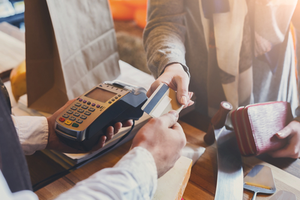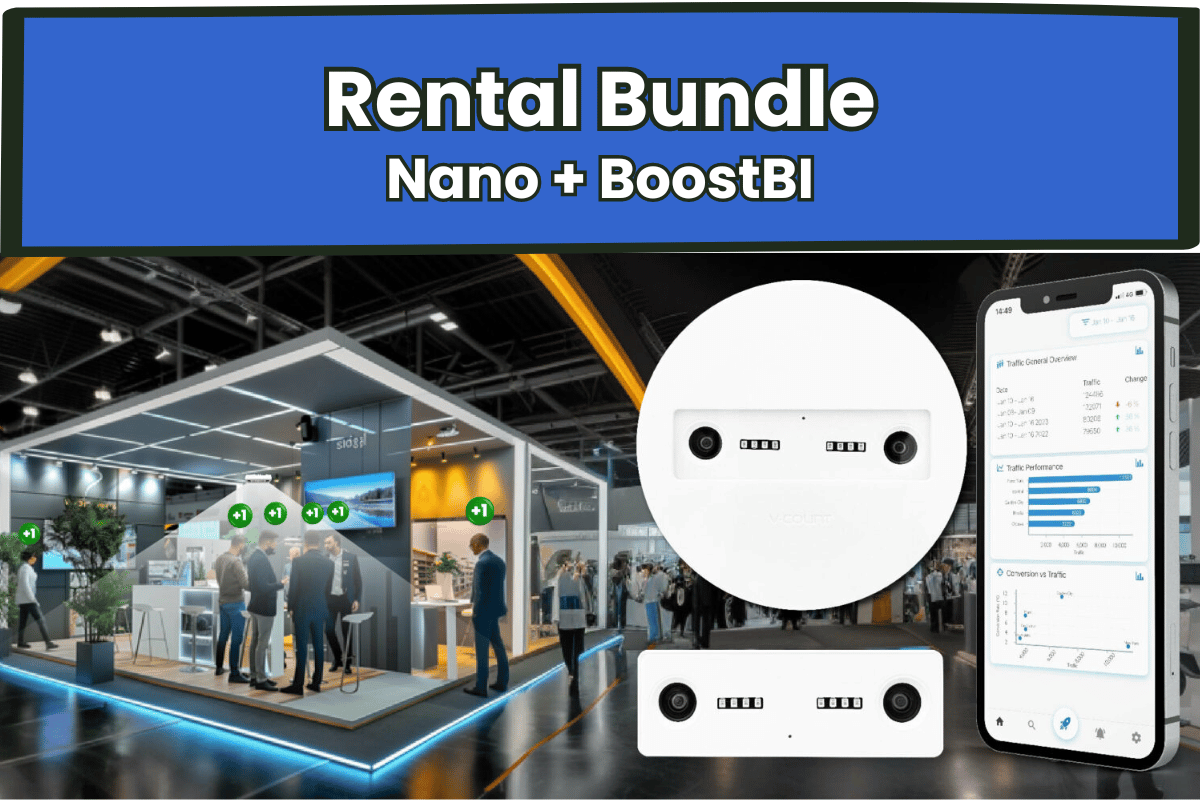 Counting the number of people entering and exiting your physical locations gives businesses crucial insights into the dynamics of their operations. Without real and accurate data, retailers can find themselves making uninformed decisions based on guesswork. People Counting gives businesses the necessary data to gain a deeper understanding of their operations; businesses can have the full picture behind sales to identify areas where actions should be taken, opportunities addressed, and sales improved.
Counting the number of people entering and exiting your physical locations gives businesses crucial insights into the dynamics of their operations. Without real and accurate data, retailers can find themselves making uninformed decisions based on guesswork. People Counting gives businesses the necessary data to gain a deeper understanding of their operations; businesses can have the full picture behind sales to identify areas where actions should be taken, opportunities addressed, and sales improved.
Determining any physical location’s sales performance can be broken down into various components, one of which is conversion rate. People counting data can be significantly more powerful when combined with other POS or Point of Sale data.
Evaluating Sales Performance
People Counting is also necessary to calculate Conversion Rates. Understanding conversion rate data is essential to fully understand whether prospects are being converted into customers effectively or not. Without People Counting, businesses miss the complete picture and make decisions based on gut feelings.
A Conversion rate – converting prospective customers into paying customers – is a good indicator of a store’s performance. It can be calculated by dividing the number of transactions by the number of people.
Conversion is dependent on several factors, including sales staff, the right prices for the perceived value, and the right product selection.
Evaluating conversions provides useful feedback to improve sales by reviewing the data, taking actions, and re-evaluating to determine whether your tactic had the desired outcome.
There are 3 factors to consider when evaluating sales:
1. Customer traffic is the number of people coming into your facilities.
2. Conversion rate is the transaction count to the people count or converted prospects.
3. Average transaction value (ATV) is how much customers spend on average when they buy.
Combined, these factors can provide a clearer view of sales performance. By understanding these 3 metrics independently, businesses like retailers have a point from which to start dissecting sales, evaluating, and identifying where there may be an opportunity to improve any metrics contributing to sales success across locations.
Conversion rates do not only demonstrate basic numbers but also offer insights into other factors; The metric will determine the approach: People Count will primarily be the marketing department’s responsibility – Building awareness and driving demand to get more prospective customers through the doors. This could involve a regionally focused campaign or promotions to lure more customers into the store.
Conversion Rates will mainly be the domain of operations. If Conversion Rates are low, operations will need to seriously evaluate and figure out why. Reasons could include staffing levels, customer experience, or prices.
For example, high footfall will mean the store is attracting plenty of customers. Simultaneously, a low conversion rate will indicate that it is not doing a good job of maximizing sales opportunities, indicating a need to revise staffing or stock availability.
Conclusion
Without People Counting, businesses will have an incomplete view of their operations and sales. Insights gathered from conversion rate data are essential to measure performance on an on-going basis and identify improvement areas for higher profits.




